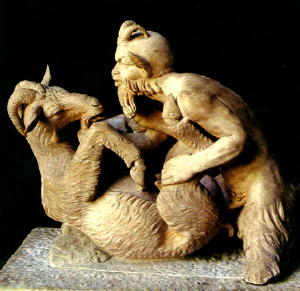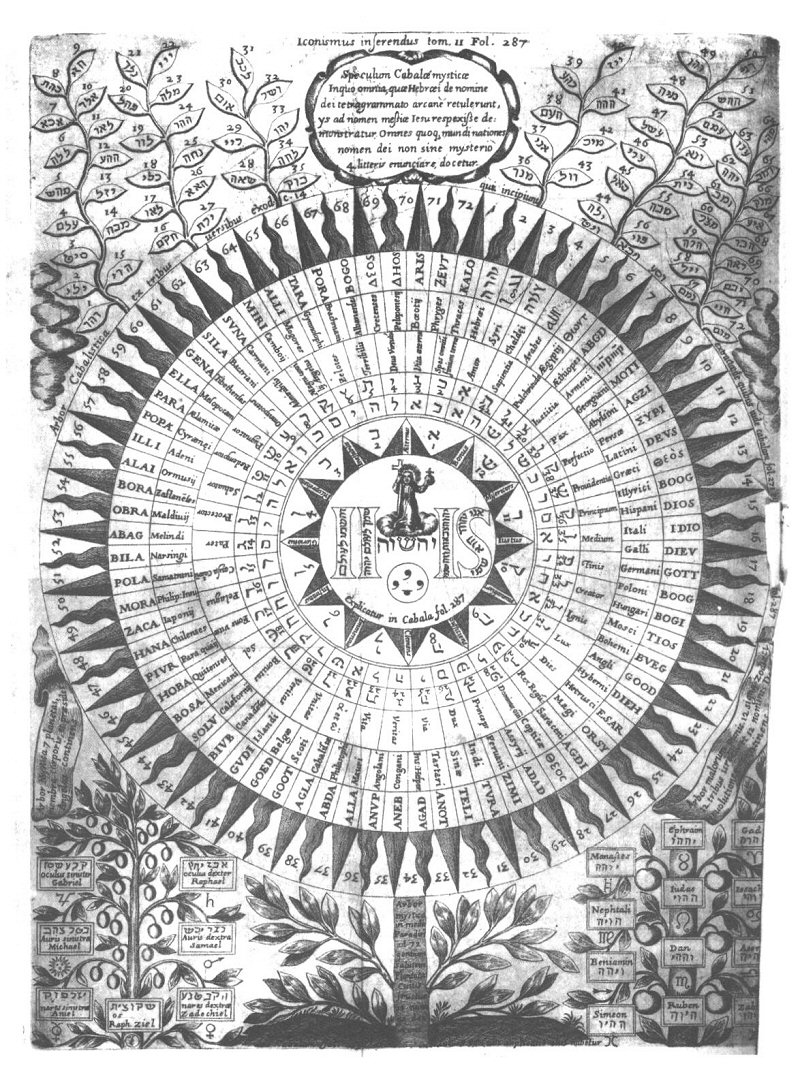in ten ages, 6,000 years more, the sun would have been situated relatively to the Southern Hemisphere as he is now to the Northern; in ten ages, 6,000 years more, the two planes would coincide again; and, in ten ages, 6,000 years more, he would be situated as he is now, after a lapse of about twenty-four or twenty-five thousand years in all. When the sun arrived at the equator, the ten ages or six thousand years would end, and the world would be destroyed by fire; when he arrived at the southern point, it would be destroyed by water. And thus, it would be destroyed at the end of every 6,000 years, or ten neroses.
“This method of calculating by the neroses, without allowing any consideration for the secrecy in which the ancient philosophers, who were exclusively of the sacerdotal order, held their knowledge, gave rise to the greatest errors. It led the Jews, as well as some of the Christian Platonists, to maintain that the world would be destroyed at the end of six thousand years. Gale shows how firmly this belief was rooted in the Jews. It has also led modern scientists to discredit entirely the hypothesis of the ancients.
It has given rise to the formation of different religious sects, which, like the Adventists of our century, are always living in the expectation of the approaching destruction of the world.
As our planet revolves once every year around the sun and at the same time turns once in every twenty-four hours upon its own axis, thus traversing minor circles within a larger one, so is the work of the smaller cyclic periods accomplished and recommenced, within the Great Saros.
The revolution of the physical world, according to the ancient doctrine, is attended by a like revolution in the world of intellect — the spiritual evolution of the world proceeding in cycles, like the physical one.
Thus we see in history a regular alternation of ebb and flow in the tide of human progress. The great kingdoms and empires of the world, after reaching the culmination of their greatness, descend again, in accordance with the same law by which they ascended; till, having reached the lowest point, humanity reasserts itself and mounts up once more, the height of its attainment being, by this law of ascending progression by cycles, somewhat higher than the point from which it had before descended.
The division of the history of mankind into Golden, Silver, Copper and Iron Ages, is not a fiction. We see the same thing in the literature of peoples. An age of great inspiration and unconscious productiveness is invariably followed by an age of criticism and consciousness. The one affords material for the analyzing and critical intellect of the other.
Thus, all those great characters who tower like giants in the history of mankind, like Buddha-Siddartha, and Jesus, in the realm of spiritual,and
Page 35
Alexander the Macedonian and Napoleon the Great, in the realm of physical conquests, were but reflexed images of human types which had existed ten thousand years before, in the preceding decimillennium, reproduced by the mysterious powers controlling the destinies of our world. There is no prominent character in all the annals of sacred or profane history whose prototype we cannot find in the half-fictitious and half-real traditions of bygone religions and mythologies.
As the star, glimmering at an immeasurable distance above our heads, in the boundless immensity of the sky, reflects itself in the smooth waters of a lake, so does the imagery of men of the antediluvian ages reflect itself in the periods we can embrace in an historical retrospect.
“As above, so it is below. That which has been, will return again. As in heaven, so on earth.”
The world is always ungrateful to its great men. Florence has built a statue to Galileo, but hardly even mentions Pythagoras. The former had a ready guide in the treatises of Copernicus, who had been obliged to contend against the universally established Ptolemaic system. But neither Galileo nor modern astronomy discovered the emplacement of the planetary bodies. Thousands of ages before, it was taught by the sages of Middle Asia, and brought thence by Pythagoras, not as a speculation, but as a demonstrated science. “The numerals of Pythagoras,” says Porphyry, “were hieroglyphical symbols, by means whereof he explained all ideas concerning the nature of all things.”

Moe is the founder of GnosticWarrior.com. He is a father, husband, author, martial arts black belt, and an expert in Gnosticism, the occult, and esotericism.






![How one in the province of the Northumbrians, rose from the dead, and related many things which he had seen, some to be greatly dreaded and some to be desired [Circ. 696 A.D.] | Book 5 | Chapter 11 How one in the province of the Northumbrians, rose from the dead, and related many things which he had seen, some to be greatly dreaded and some to be desired [Circ. 696 A.D.] | Book 5 | Chapter 11](https://www.gnosticwarrior.com/wp-content/plugins/contextual-related-posts/default.png)

